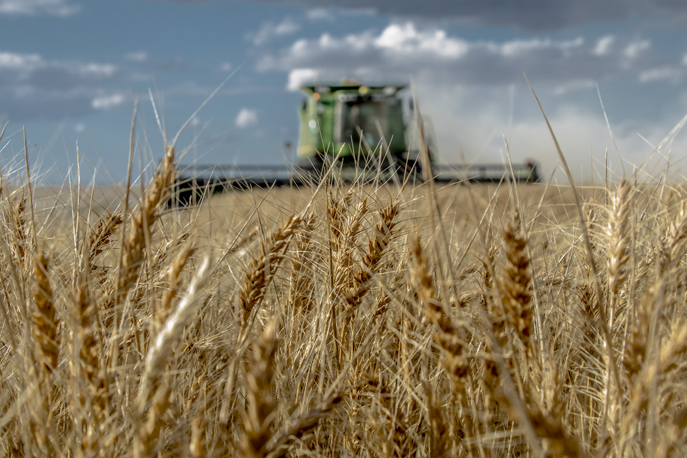Kimberly-Clark fares better than Charmin maker in NRDC report on which US tissue paper manufacturers are doing most to use recycled and alternative fibres
Procter & Gamble products fare particularly badly on the National Resource Defense Council’s toilet paper sustainability scorecard, which looks at factors like the percentage of recycled content in a product, the toxicity of the bleaching process, and how much of its virgin forest fibre is sourced from Forest Stewardship Council (FSC)-certified forests.
P&G has a wood pulp procurement policy committing it to reducing reliance on virgin forest fibre, sustainable forest management practices, and avoiding purchasing wood sourced from high conservation value forests.
Nevertheless, about 35% of P&G’s pulp comes from Canadian forests, and NRDC said P&G continues to source from intact boreal forests for tissue products for the US market such as Charmin, Bounty and Puffs.
It’s not enough to get FSC – they need to transition to recycled fibres
In September, P&G announced a new commitment to ensure that 75% of its global fibre sourcing across all its family care brands are FSC-certified by 2025, and said it was working with its suppliers to make sure its Canadian fibre will meet a new standards introduced by the FSC to protect populations of boreal caribou.
Jennifer Skene, an environmental law fellow with NRDC, said she was encouraged by the commitment to 75% FSC-certified wood, “but that includes all pulp sourcing so there’s a lot of wriggle room. And then it’s a throw-away product. It’s not enough to get FSC – they need to transition to recycled fibres.”
P&G declined an interview, but Tonia Elrod, director of family care sustainability, told Ethical Corporation in an email: “We have explored every possible use of recycled content in our tissue and towel products, while also delivering the quality and performance people expect. [But] it results in a sub-standard product.”

She adds that in the company’s experience of running a recycled fibre tissue mill, “nearly half of recycled fibres end up as solid waste sludge during the production process and go directly to landfill instead.”
P&G says it has found more efficient uses of recycled fibre in cardboard and packaging, and has committed to using 100% recycled fibre in its packaging by 2025.
Elrod added that P&G would invest $20m by 2025 towards accelerating its research on alternative non-wood fibres and FSC-certified fast-growing fibres. P&G, however, did not agree to requests from CDP to report on deforestation risk in its supply chain, unlike rival Kimberly-Clark, which scored an A- for paper and forestry.
We’ve looked at dozens of alternative fibre options, but the innovation challenge is a huge one
Kimberly-Clark’s brands also fared better on the NRDC scorecard, where it got a D. The NGO said that while the company still relied almost exclusively on virgin fibre for its at-home tissue products, it had “taken meaningful steps to alleviate the pressure its products place on forests” by committing to at least halving the amount of fibre it sources from natural forest by 2025.
In 2018, almost 75% was virgin fibre, although all was certified to varying standards.
In an interview with Ethical Corporation, Lisa Morden the company’s vice-president for sustainability, said: “We’ve looked at dozens of alternative fibre options and done some commercial experimentation, but the innovation challenge is a huge one.”

One toilet paper line uses 20% wheat straw sourced from local farmers in the US; and while it has tried bamboo in several products, costs were higher and it didn’t get traction with customers.
“Over time, that might change,” Morden suggests. “We’re really looking for alternative fibres that check boxes on cost, consumer demand and quality.”
Morden is supporting a campaign by international environmental group Canopy, which at Davos launched an action plan to remove 50% of the forest fibre from pulp manufacturing and replace it with alternative fibres such as agricultural residues and waste cotton textiles, which would enable 30% of the world’s forests to be conserved by 2030.
Skene said with demand for tissue expected to grow rapidly, especially amongst developing nations, big brands must follow the example of companies like Seventh Generation (now owned by Unilever), Green Forest and Whole Foods Market, which earned As in its scorecard for producing tissue and toilet rolls that use 100% recycled fibres, and don’t use chlorine in the bleaching process.
Main picture credit: Icatnews/Shutterstock
This article is part of our in-depth briefing on deforestation risk in timber products. See also:
Move to set science-based targets for forestry sector as threat to northern forests grows
Europeans urged to stop substituting biomass for coal as concerns over climate impact grow
P&G Kimberly-Clark wood pulp boreal forest FSC NRDC Seventh Generation Green Forest

